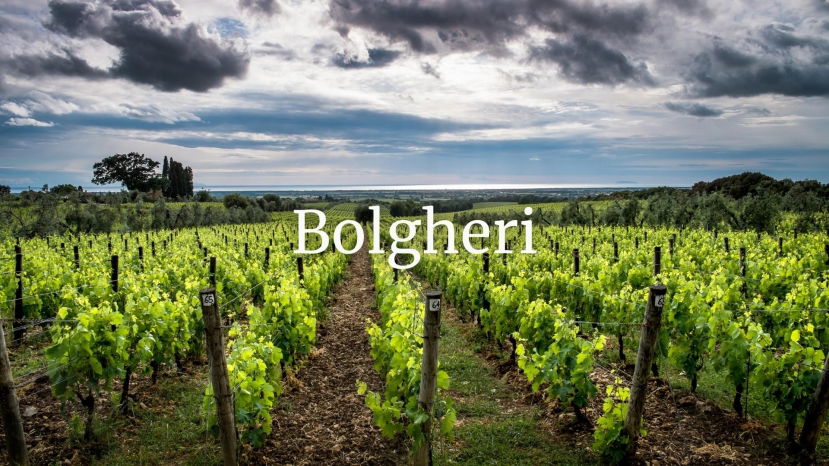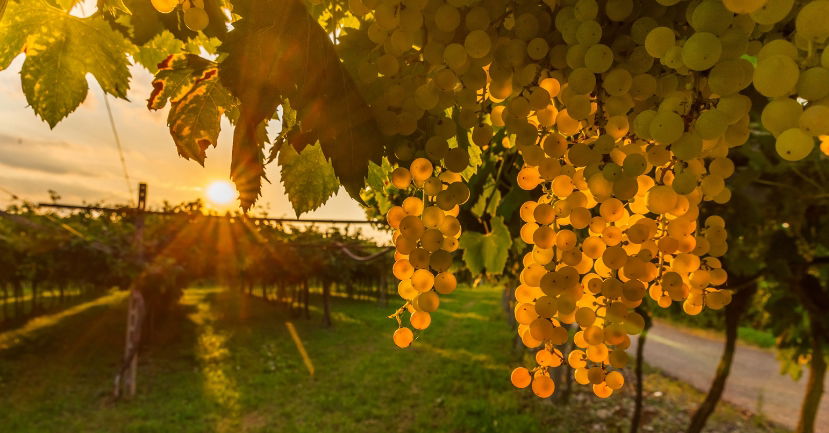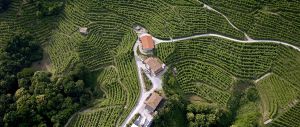BLOG
Toscana
Summary:
The wines of Toscana’s Montalcino are revered the world over and the price of vineyard land within the Brunello di Montalcino DOCG reflects that renown. However, just a short 30 minute drive from Montalcino lies the largely undiscovered world of Monte Amiata. Previously primarily known, in wine circles, for the important role it plays in sheltering the vineyards of Montalcino from intense summer storms that can develop on the sun-soaked Tuscan coastline, today Monte
Summary:
From its humble beginnings, as a source of simple rosé wines, to its rise to fame, as home to many of Italy’s most famous Super Tuscans, the Bolgheri DOC continues to evolve.
The biggest names are well-recognized on the world wine stage but the terroir of Bolgheri remains unknown to many.
Steeped in history and culture, the region boasts
Summary:
From their genesis in the late 1960s to their most modern iterations, Super Tuscans have enjoyed an uninterrupted reign on the international scene. Initially, production style trumped terroir, but now, thanks to viticultural improvements combined with the effects of climate change, we see the evolution of one winemaker’s initial hunch into a family of world-class wines. Characterised by their Bordeaux influences and divergence from traditional Italian
When you think of Italy’s vast array of wine grapes, which one comes to mind as the most difficult to study? Maybe Nebbiolo, for its seemingly endless site-specific details? Or Sangiovese, simply because there is so much of it, in so many different forms? I would posit that Trebbiano is perhaps the most perplexing. For one, Trebbiano grapes appear in vineyards across the Italian peninsula. In the case of Trebbiano Toscano and Trebbiano Romagnolo, they are among the most widely planted white wine grapes in Italy. The potential for variability is astounding.
Today, Veneto represents Italy’s most productive wine region and accounts for 25% of Italy’s total DOC/G wine production.






